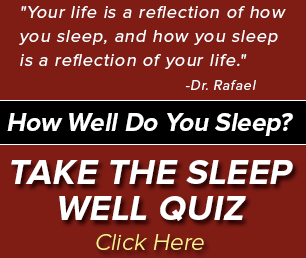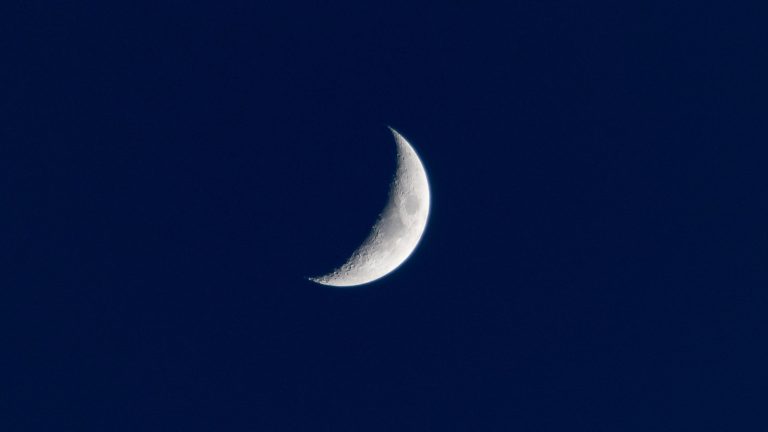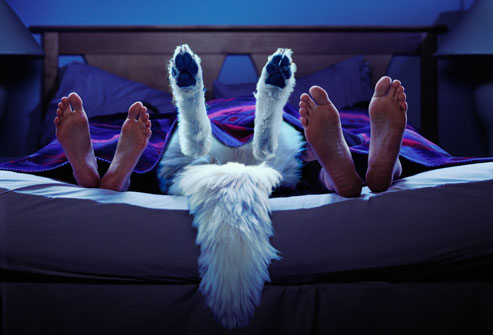Take Sleep Aids? Then You Must Read This!

The geeks have their light sabers and the insomniacs have their Ambien. Both are used to battle different demons but one of them might as well be the demon itself. Now you’d think that this demon would be banished forever and rightly so, but that isn’t going to happen so long as it makes money for its masters.
When Ambien came out in the market in 1992, it was hailed as a huge leap forward from previous sleeping pills like Halcion, which had been banned in the U.K., Argentina, Brazil, Norway and Denmark for its link to suicide and psychotic episodes. Within four years, Ambien became the biggest-selling sleep aid, generating over $2 billion dollars in sales for Sanofi. In 2007, a generic version of Ambien, zolpidem, was rolled out and is one of today’s most-prescribed drugs. Doctors dole it out like candy on Halloween. It is especially popular among women, who suffer from insomnia twice as much as men.
The appeal of Ambien, a member of the sedative hypnotics, was that it bound to only one of five gama amino butyric acid (GABA) receptors, the chief inhibitory-calming-down neurotransmitter in the brain, compared with benzodiazepines that hit all five. Ambien and its cousins are more selective, making them cleaner, less addictive and less likely to leave users groggy and hungover.
Written in fine print were warnings of abnormal thinking, strange behavior and hallucinations. Sleep walking was considered a rare occurrence that afflicts less than 1 in 1, 000 users. What the prescribing information failed to mention was the hundreds of reports from users who ordered thousands of dollars worth of merchandise online, raided their refrigerator, drove their car and made phone calls while on a sleep-like trance with no recollection whatsoever of these actions. As early as 2002, medical journals like Sleep Medicine documented bizarre sleep behaviors linked to sedative hypnotics.
It wasn’t until 2006 when Patrick Kennedy crashed in Capitol Hill at 2 a.m while in an Ambien-induced haze that the drug and its bizarre effects drew much deserved controversy. In the wake of several class-action lawsuits and dozens of reported incidents of sleep-driving, the FDA issued a mandate to revise the labeling and request Sanofi and other drug makers to conduct clinical studies to understand why and how these bizarre and often dangerous behaviors happen. But these studies have never been done.
Instead, researchers rely on after-the-fact reports from patients and defendants and small independent studies conducted worldwide. Researchers from Scripps Health found that users of Ambien and other sedative-hypnotic sleep aids, even at low doses, have a four-fold risk of dying from heart disease and cancer. The results are frightening but if you take Ambien it doesn’t mean you’re going to die. This study established a strong association, not necessarily a cause-and-effect relationship. Users of Ambien have an increased risk because of a number of co-existing factors including: drug interactions, alcoholism, depression, anxiety, cognitive and motor impairment, and sleep apnea.
A 2010 report by psychiatrists at Shimane University in Japan, found that adverse reactions from Ambien are more likely to happen among women than men. This is because women weigh less and thus retain higher concentrations of Ambien in their blood and take longer to metabolize the drug than men do. In lieu of these results, the Japanese doctors then the FDA recommended that dosages for women be lowered from 10 mg to 5 mg.
Perhaps the most prominent and disturbing side effect of Ambien are parasomnias. Eating, talking, texting, driving, walking, drinking in an Ambien-induced haze are just among the many reported cases of parasomnias. Scientists are just beginning to understand how this happens.
The mechanism may be found in the brain. The mammalian brain has evolved a higher structure, specifically the forebrain, that gives humans the capacity for self-restraint. The catch is that when we sleep so does our forebrain. This isn’t normally a problem when we’re actually sleeping. But in people vulnerable to parasomnias, other brain circuits awaken when brakes provided by the intelligent brain are not in place. Some researchers suggest that because of the drug’s selective action on the brain, Ambien may promote parasomnia. Ambien is particularly effective at keeping higher and intelligent faculties asleep- but not much effective at keeping primitive faculties at bay.
The person experiencing a parasomnia episode is left with primitive impulses like hunger, libido, self-defense and aggression- without logic and foresight necessary to control these impulses. To observers, a person in such state can seem zombielike, vacant-eyed automaton. Though outright violence is rare, it occurs only when a well-meaning person tries to stop the parasomniac from going after what they want.
The pursuit of sleep may well be making you and millions of others sick. Cancers, respiratory infections, heart disease and acid reflux disease are just among the illnesses that are linked with Ambien. Part of the problem is that mankind knows very little about the condition and Ambien is far from a cure. You might as well brandish a light saber at it.







